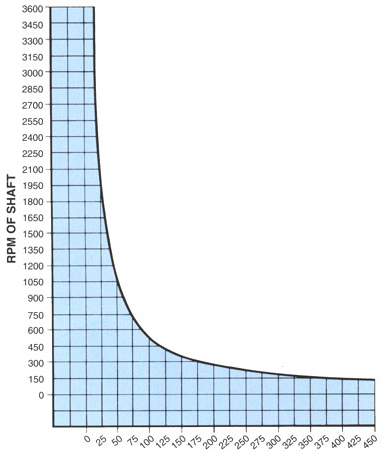Wood Engineering Data
POBCO-B Physical Properties (Lubricant-Filled Hardwood)
Density (lbs/in3) |
0.38 |
Tensile Strength |
1100 psi PV x hr. |
POBCO-B Bearings and Wear Strips
Our exclusive lubricant blend is impregnated into 100 percent of the hardwood, producing POBCO-B material from which the bearings & wear strips are manufactured. The lubricant on the bearing surface provides a low friction film for initial start-up. During operation, additional lubricant is drawn to the bearing surface in a controlled flow to maintain a continuous film between the journal or chain and the bearing. The flow constantly adjusts itself based on load, speed, and the requirements of the operation. When motion ceases, the bearing reabsorbs the lubricant. Reaming does not seal off the self-contained lubricants.
POBCO-B is Nonconductive of Electric Current

POBCO-B Bearing Lengths and Wall Thickness
| POBCO-B Shaft Diameter | Recommended Minimum Wall Thickness* |
to 1/2" |
1/16"-1/8" |
*Satisfactory service can be obtained under certain operating conditions with wall thickness less than those recommended. |
|
Minimum bearing length and allowable bearing load per bearing are determined by using our bearing load curve. Since the lubricant blend is contained in the bearing wall, the thickness of the bearing wall should be equal to or greater than the recommended minimum wall thickness, as shown on the chart. In most instances shaft diameters cannot be decreased. Frequently, however, the diameter of the bearing housing can be increased to obtain at least the recommended minimum bearing wall.
Shaft Selection
To maximize the life of the bearing it is important to use proper shafting. Overall, steels with a finish of 16 RMS are the preferred choice. Hardened shafts should be used in abrasive applications. Common shaft materials include: carbon steels, stainless steels, hard-chromed steels and hard anodized aluminums.
Engineering Formulas |
